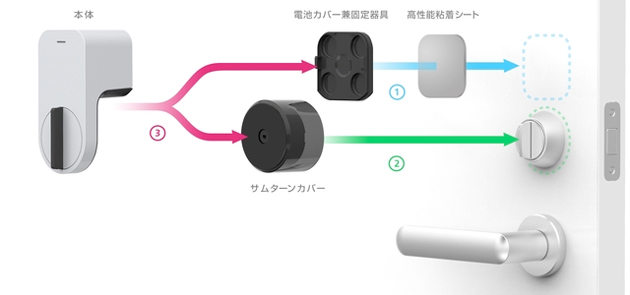Open Innovation – new ways of reducing market risk
 in the early days and still today Open Innovation focused in how to source new ideas, particularly the ones that were already half-baked pre-tested. Still most of what happens in Open Innovation revolves around scouting innovative products or projects that have a limited but significance acceptance in the market but that are not widely diffused and incorporate them into the innovation pipeline.
in the early days and still today Open Innovation focused in how to source new ideas, particularly the ones that were already half-baked pre-tested. Still most of what happens in Open Innovation revolves around scouting innovative products or projects that have a limited but significance acceptance in the market but that are not widely diffused and incorporate them into the innovation pipeline.
However, though important, sourcing ideas is probably not the biggest problem of a company. Most companies and startups try to clear what we call market risk: to elucidate which ideas will be successful in the market and which ones no.
If we take a look at the recent hits we will find plenty of ideas such as whatsapp which in the beginning their success was far from clear. How to reduce this uncertainty is probably the biggest problem in business, startups are at the end nothing else but a device for clearing this risk.
In terms of Open Innovation, many initiatives have attempted to have a similar result, most of them by involving clients in the process and co-developing the product or service with the hope that it will fit better the needs of these customers. Such has been the case of Living Labs and to some extend to all co-creation methodologies including Design Thinking. As we all know, success in this area has been, let’s say, limited. The real world continues to surprise us 🙂
This is also an important problem for large companies, obviously before throwing big money to the process of transforming a promising prototype to a full-fledge product, they will love to have some certainty of how successful it is gonna be in the market.
As we all know, Sony is in a process to reinvent itself and in this processes normally nice things happen. One of them is the use of crowdfunding as a testing device. Obviously Sony doesn’t need to crowdfund its products, but the outside-in process of bringing inside innovation to the real world and see what customers really think because they are voting with their own money is probably an order of magnitude more valuable than a survey or lab or real-world testing where customers express only opinions. As we all know opinions are so cheap and we all have so many …
How does the process work?
Sony had a prototype of a Smart lock that works with 4 AAA cells lasting 1,000 days and lets you mount it easily on any lock (a DIY kit) and can be opened with an app. Cost was also moderated 15,000 yen ($130).
Sony put this prototype to crowdfunding in Makuake, the japanese kickstarter. Of course without disclosing that this was a Sony product, it was under another name, and wait to see what happened.
In fact this is not the first time that they did that, they did a similar thing with an e-paper watch.
Just, for the record, yes Qrio (the name of the project) has been successful and met its funding goals. However, what is interesting is the use of crowdfunding as a new way to solve market risk for large companies by moving a project developed inside, outside the company and receive the same feedback and go through the same process that any other startup will go.
This is once again, a good example of how Open Innovation is breaking the limits of the firm and how experimentation in the real world is taking us by storm. In fact it is the same underlying concept as Living Labs, but with a completely different implementation.
